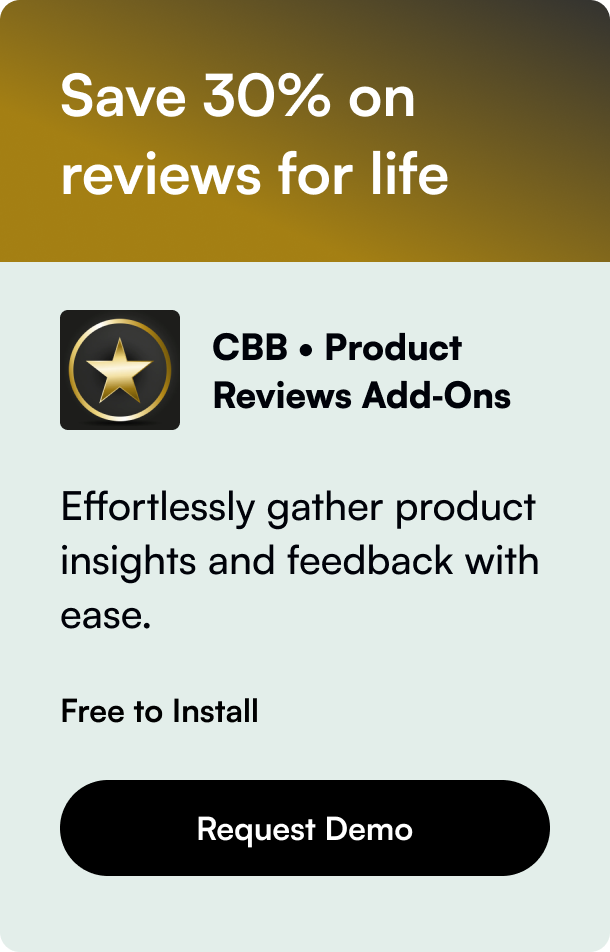Table of Contents
- Introduction
- Understanding Shopify Locations
- Steps to Delete a Shopify Location
- Implications of Deleting a Shopify Location
- FAQs
- Conclusion
In the bustling world of eCommerce, managing your Shopify store can be a multifaceted challenge. One such aspect involves the management of physical locations. Whether you're scaling down, restructuring, or simply tidying up your Shopify settings, knowing how to delete a location on Shopify is crucial. In this blog post, we delve into the intricacies of deleting a location on Shopify, ensuring your store remains streamlined and efficient.
Introduction
Did you know that the structure and organization of your Shopify store can significantly impact its functionality and user experience? As your business evolves, so too will your requirements for managing physical or virtual locations within Shopify. While adding locations can help optimize inventory management and customer service, there comes a time when certain locations may no longer serve a purpose and need to be removed. Whether it's a warehouse you're closing down, a fulfillment center you're no longer partnering with, or simply a mistake in the setup, deleting locations may become necessary.
In this in-depth post, we'll guide you through the process of how to delete a location on Shopify, offering step-by-step instructions and sharing deeper insights into the implications of doing so. By the end of this read, you'll be equipped with the knowledge to manage your Shopify locations confidently, ensuring they align with your business's current needs and future visions.
Understanding Shopify Locations
Before diving into the deletion process, let's establish a foundation by understanding what Shopify locations are and why they're significant. Shopify allows you to manage multiple locations from which you sell products, fulfill orders, and stock inventory. These can range from retail stores and warehouses to pop-up shops and dropshipping providers.
The flexibility to assign inventory to specific locations and prioritize order fulfillment based on these is powerful. However, with great power comes the need for orderly management. The key to efficient location management lies in maintaining only those locations that contribute positively to your operational workflow and customer experience.
Steps to Delete a Shopify Location
Deleting a location on Shopify involves careful consideration and a few essential steps. Here, we guide you through the entire process:
1. Review and Prepare
For a seamless deletion process, first ensure that the location you want to delete is not set as the default one and does not have any pending orders or inventory transfers. You must address these aspects beforehand to avoid operational disruptions.
2. Deactivating the Location
- Why Deactivate First? Shopify’s system requires that a location be deactivated before it can be deleted. This two-step process helps safeguard against accidental deletions, ensuring business owners have a moment to reconsider the action.
3. Deleting the Location
After deactivation, the option to delete the location becomes available. This final step removes the location from your Shopify store permanently. Remember, once deleted, this action cannot be undone, and historical data linked to the location will be retained for reporting purposes only.
Step-By-Step Instructions:
- Navigate to Settings: From your Shopify admin dashboard, go to 'Settings', then click on 'Locations'.
- Deactivate the Location: Choose the location you wish to deactivate, and click on 'Deactivate'. Confirm this choice.
- Delete the Location: With the location now deactivated, the 'Delete location' option will be visible. Click it and confirm to remove the location permanently.
Implications of Deleting a Shopify Location
While deleting a location might seem straightforward, it's essential to consider its implications. This action will affect your inventory management, order fulfillment strategies, and possibly the customer experience. Ensure that any inventory assigned to the location is either sold off, transferred, or written off before deletion. Similarly, reassess your fulfillment strategies to prevent any hiccups in order processing and delivery.
FAQs
Can I delete a default location?
No, Shopify requires that you first change your default location before you can delete the current default.
What happens to the inventory at the deleted location?
You'll need to manage the inventory before deletion, either by transferring it to another location or adjusting your inventory levels to reflect the change.
Can I recover a deleted location?
No, once a location is deleted, it cannot be recovered. Ensure that you have all necessary data and have made the appropriate arrangements before deletion.
Will deleting a location affect my customers?
It can, especially if you offer in-store pickup or have specific shipping rates tied to the location. Communicate any changes to your customers to maintain transparency and trust.
Can I add a new location after deleting one?
Absolutely! Shopify allows you to add, remove, and manage locations based on your operational needs and business growth.
Conclusion
Managing Shopify locations effectively can play a pivotal role in your store's operational efficiency and customer satisfaction. Deleting a location, although sometimes necessary, requires careful consideration and thoughtful preparation. By following the steps and guidelines outlined in this post, you can ensure that your decision to delete a location aligns with your business objectives and ultimately supports your store's growth and success.
Remember, the key to effective eCommerce management is staying adaptable and making informed decisions that reflect your evolving business needs. Whether you're adding, deactivating, or deleting locations on Shopify, each step you take is in pursuit of optimizing your operations and enhancing the shopping experience for your customers.








